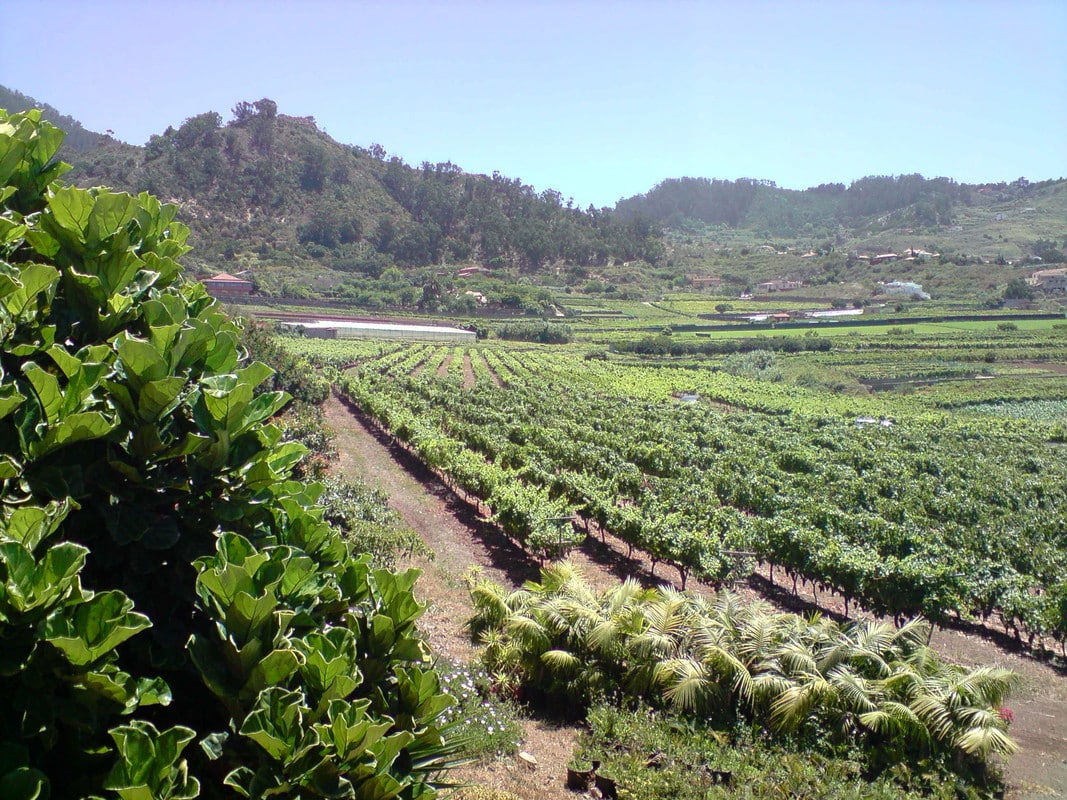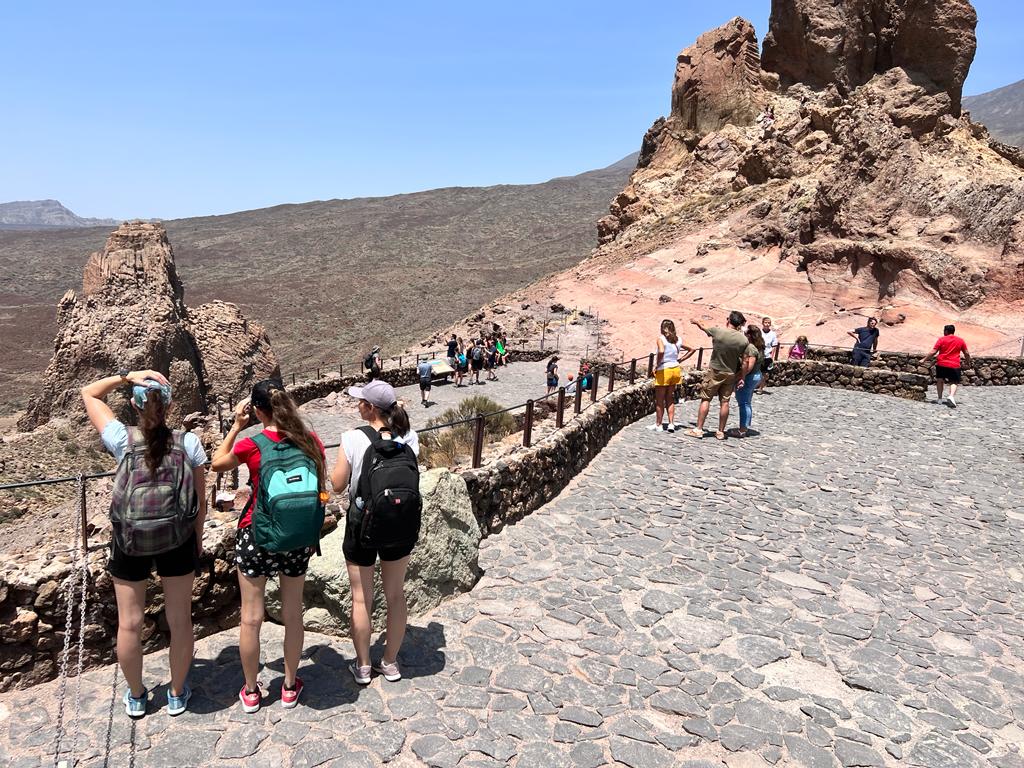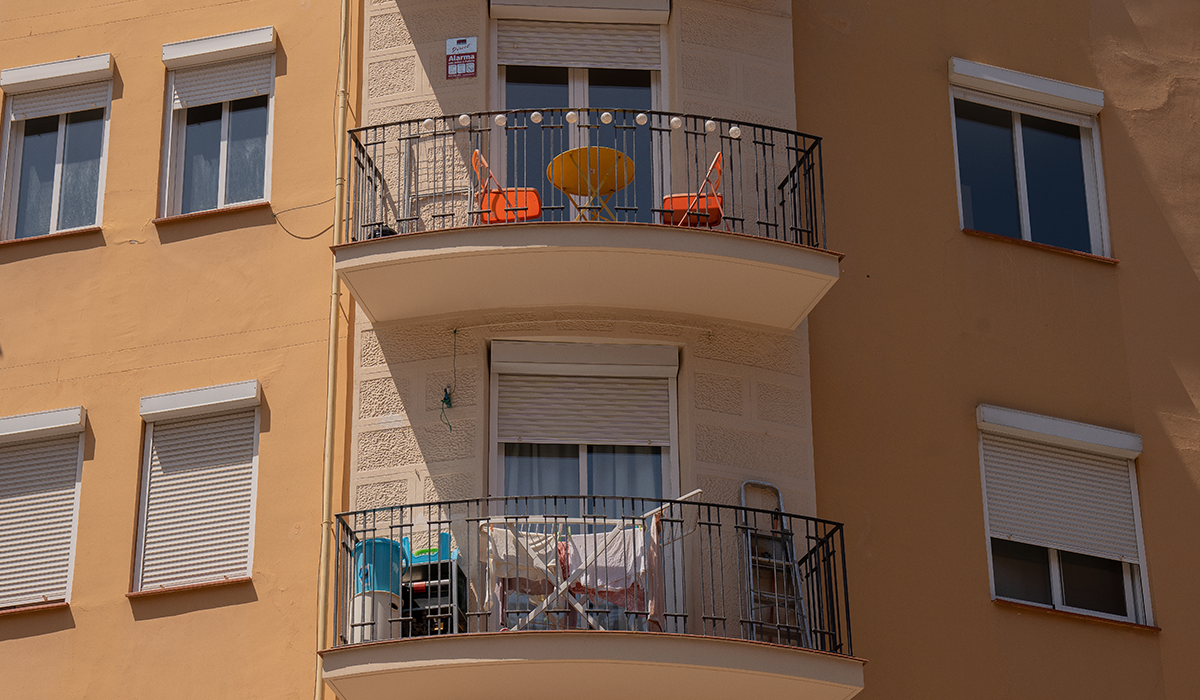The Insular Council of Tenerife has presented the results of the harvest report for 2022, which shows that the controlled production of grapes on the island is growing for the third consecutive year.
“The controlled production of grapes chains, since 2019, three consecutive years of growth, with an increase of 10 percent compared to 2021, which translates into more than 500,000 kilos of grapes,” explained Javier Parrilla, the Councillor for Agriculture, Livestock and Fisheries of the Insular Council.
The island official pointed out that this harvest has been characterised by a good production and stressed that the general state of health of the crop is good. The year 2022 has also been the second year, since data has been available, in which the highest number of controlled kilos of white grapes have been recorded, only behind 2006.
“Consumers are demanding more and more white wine, which means that white grapes are in great demand, and reach very high prices in the case of some minority varieties. Some of the highest, even at a national level”, Parrilla remarked.
Specifically, the report shows that grape prices in 2022 were competitive and remained at levels similar to those of 2021, with minimum prices always above 1.50 euros per kilo, reaching 3.38 euros per kilo for white varieties such as Malvasia.
Javier Parrilla recalled that since the beginning of his term of office, island president Pedro Martín has been in charge of promoting the wines of the six designations of origin, both on the island market and mainly on the Spanish mainland and in the rest of Europe.
“We have unique grape varieties that bring significant added value to wine production, and that is why we continue to work to ensure that our wines are present on the best wine lists and in the best wine bars in the country,” he added.
The Denominations of Origin of Abona, Islas Canarias and Tacoronte-Acentejo account for more than 75 percent of controlled production, with some 1,400,000 kilos of total production, while the other three (Valle de Güímar, Valle de La Orotava and Ycoden-Daute-Isora) control the other 25 percent.
In terms of white grape cultivation, the Abona DO is responsible for almost 40 %, while the Canary Islands DO accounts for 30 %. On the other hand, the controlled production of red grapes, which continues its downward trend, is dominated by the Tacoronte-Acentejo DO, with values close to 50 % of the island’s production.






